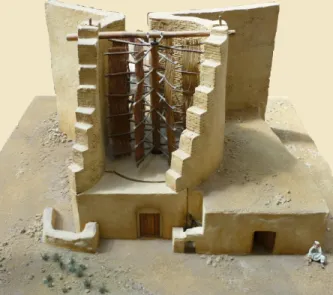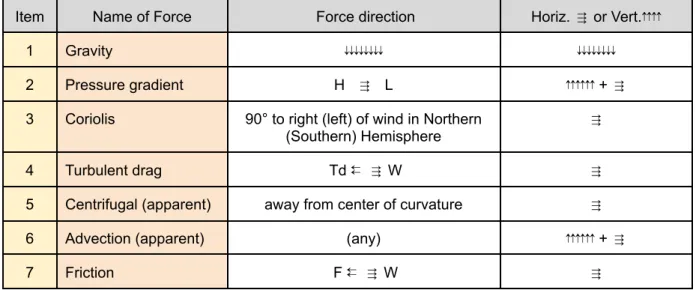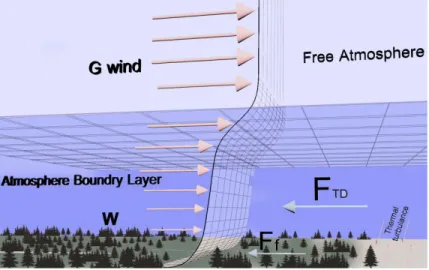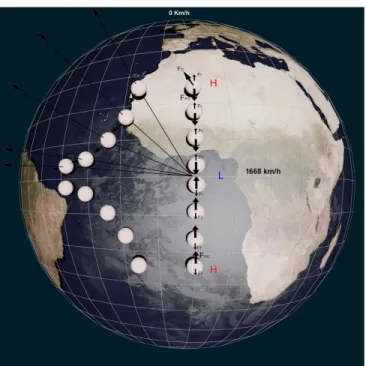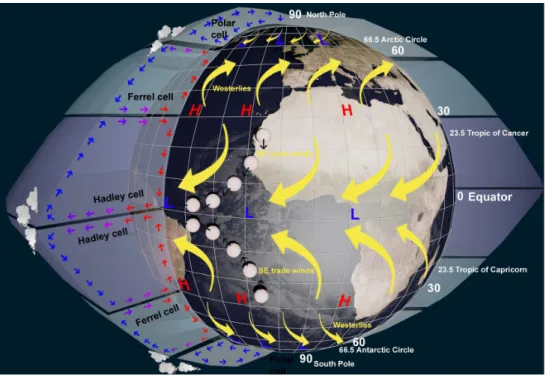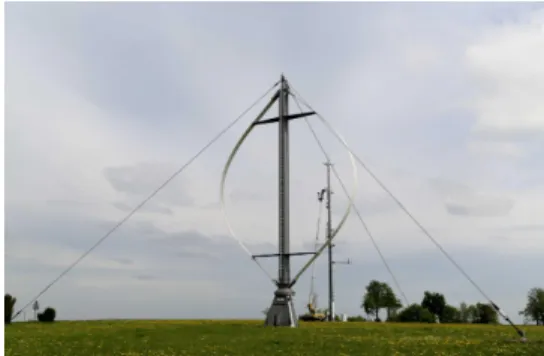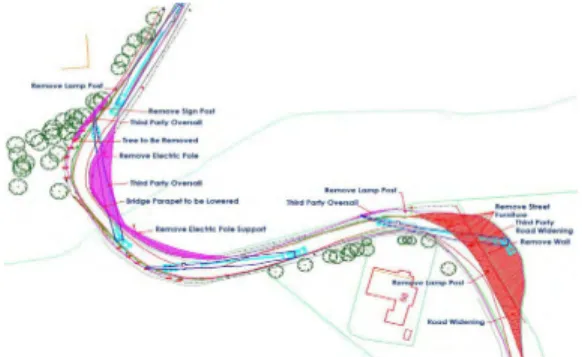To give a comprehensive view of the problem and work on a sustainable wind energy project. And (Revit) in studying the movement of the sun and the shadow effects of wind turbines.
Methods
Result
- Historical background
- Wind resources
- Horizontal Forces
- Vertical Forces
- Conversion of Wind Energy
- Wind types
- Horizontal wind
- Vertical wind
- Wind turbine types
- Horizontal Axis wind turbines (HAWT)
- Vertical Axis wind turbines (VAWT)
- Wind turbines and Landscape
- Air level
The magnitude of the centrifugal force is proportional to the square of the wind speed (Stull, 2017). Due to this friction, a friction force is created in the opposite direction of the wind movement. In addition to being perpendicular to the direction of motion, the Coriolis force is proportional to wind speed.
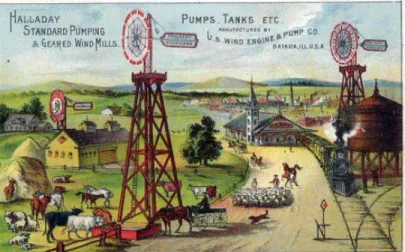
Construction and Decommissioning
As there are so many variables involved, each wind farm's impact must be assessed individually (Langston & Grewitt, 2006). In some cases, these potential effects may interact and increase or decrease the overall impact on birds (for example, habitat loss may lead to a reduction in birds using an area, reducing the risk of collision) (Wizelius, 2015). The decommissioning generates a lot of waste because all turbines must be dismantled, all overhead pipes must be removed, and all other equipment and waste must be removed from the site and properly disposed of, this leads to human activity, movement of multiple vehicles and trucks , and therefore the birds that leave this area (Wizelius, 2007).
Collision mortality
The main reason for this was that both sites provide abundant food resources that attract raptors, resulting in raptors feeding within the turbines' risk zones. These two locations were thus not suitable as sites for wind farms due to the behavior of these types of birds. It is critical to consider the average power of each turbine, as well as the cumulative impact of the total number of turbines and associated structures such as overhead lines and meteorological masts, when analyzing potential impacts (Powlesland, 2009).
The potential for adverse effects, other than mortality, also increases with the area of the farm (turbine density remains constant). Since the size of the rotor determines the size of the wind coil, the distance between turbines is measured in rotor diameters. Rather, he suggests that differences in mortality are equally or more related to species-specific flight behavior and morphology, weather and topography in the vicinity of the wind farm (2008).
Where the turbine behind it produces a long wind trajectory that is very turbulent and slow compared to the wind coming in front of the turbine. Therefore, low intensity red continuous light is used, directed upwards (shielded downwards) and installed on top of the gondola.

Habitat loss
Barrier effect
Ground level
At this level, the impact will be on land mammals and humans as well as on plants, depending on the location of the wind farm. Site mammals will be temporarily pushed away from the site by human activities, the sounds of machinery and drilling, and the rejection of these structures by some people due to visual distortion or side effects. Some must have wondered, watching the wind turbines and their blades, how these giant pieces were transported from the factory to the site, especially in areas with difficult terrain or dense vegetation.
It is very difficult to transport wind turbine parts due to multiple factors including their large and heavy size which is difficult to transport. Before planning the transport of wind turbine components to the site, a route inventory is carried out. This is done by taking into account the correct dimensions of the turbine components and the volumes of trucks.
The route survey begins at the facility's loading point and continues along the proposed highway to the site. Human well-being can be affected by the presence of turbines near the residence, which can cause noise, shadows and reflections in addition to the visual impact.
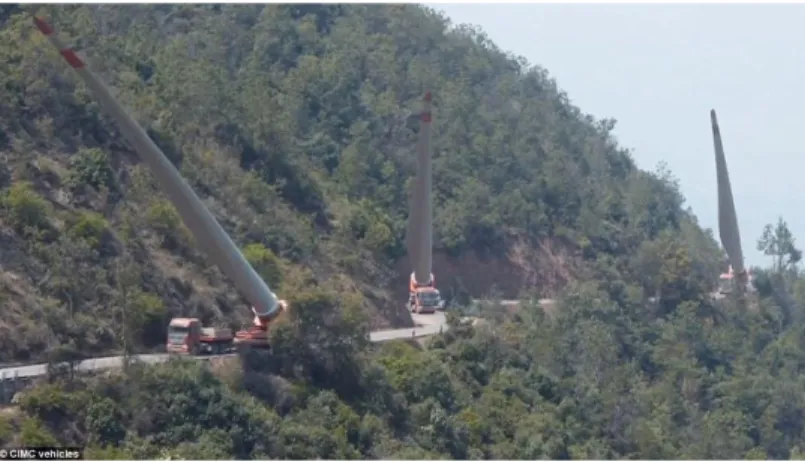
Wind turbine noise
According to the WHO, health is not only the absence of disease, but also a state of well-being (WHO, 1948). This reduction has made aerodynamic noise the dominant noise source in wind turbines. Aerodynamic noise sources: Noise caused by flow structures interacting with blade walls is referred to as aerodynamic noise.
There are two types of aerodynamic noise produced by wind turbines: inflow turbulence noise and airfoil self noise (Vermont, 2017). Sound is measured using dBA (decibel A), which measures sound at different frequencies, adjusted for the sensitivity of the human ear to sound at different frequencies (Ryberg, et al., 2013). The sound level of normal speech is about 65 dBA, of a modern refrigerator 35-40 dBA, of a city street about 75 dBA, of a nightclub about 100 dBA, and of a quiet bedroom about 30 dBA.
During the manufacturing process of modern wind turbines, sound-absorbing materials have been used in the nacelle, better precision has been achieved in the manufactured components, and damping has been used to eliminate mechanical noise. In general, wind turbines emit sound in the range of 95 to 105 dBA, which can be found in the technical specifications of the machines (Deshmukh, et al., 2018).
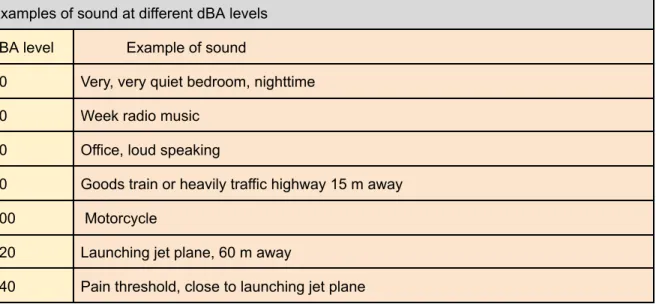
Shadow flicker
The duration of the effect on a 10 meter wide height is only 7 minutes daily.(worst case scenario). An ideal approach would consider both of these factors when determining whether or not there will be an effect: the worst-case scenario would be sunny conditions with the widest area of the leaf facing the sun. These shadows will vary in the case of a slope in the ground, increasing or decreasing in length according to the degree and direction of the slope.
A simulation of a scenario of a turbine shadow impacting a house 450 meters away on December 21.

Visual impact
Underground level
At the third level, turbines can only affect the foundation as well as the underground cable ducts. This effect begins with the production of building materials and the resulting emissions, continuing during the implementation and pouring of concrete, and the resulting transport operations and machinery in addition to human activity. Foundations are used to prevent tipping and vibrations, as well as to distribute the weight of the mill over a larger area.
Strong and stiff soil with relatively low settlement is a suitable candidate for this type of foundation. Shallow foundation: It is a common practice to place a spread foundation on the ground or just below. Gravity foundation: Compared to concrete-based foundations, this type requires excavation and backfilling, but reduces the amount of concrete (Svensson, 2010).
Typically, multi-pile foundations are used in weak soil conditions and require less concrete (Berndt, 2004).
Piled foundation
According to the US Department of Energy, cement production is energy intensive and involves the production of significant amounts of CO2. That's because the direct release of C02 containing 11.4 million tons of carbon equivalent into the atmosphere was associated with US cement production in 2001. According to the US Environmental Protection Agency in 1994, iron and steel production emitted 39.9 million metric tons carbon dioxide.
Based on 1994 data, about 0.55 tons of C02 per ton of steel is produced in the US. It covers the entire life cycle of the cables, from original manufacture to commissioning on site and disposal at the end of their useful life. Works at each section usually consist of the construction of a towpath, the excavation of the cable trench by mechanical excavators, the storage of excavated material, cable laying, sand and native material are backfilled into the trench and the surface is restored.
In the unlikely event that there is a fault along the cable, the area around the fault is excavated and the fault is repaired or a new section of cable is inserted as a replacement (SPEN, 2020). It is necessary to take into account the CO2 involved in the production of the material required for reinforced concrete foundations, in addition to the excavation and filling operations also human activity, also the resulting fragmentation.
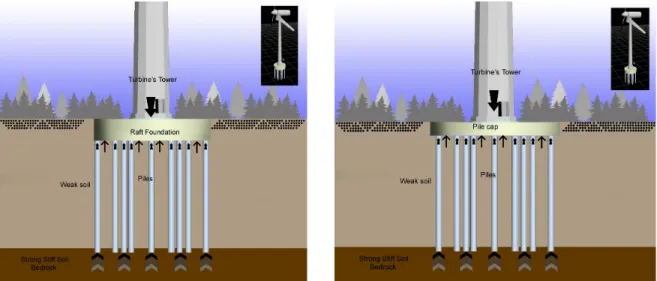
4 Discussion
- Wind as a source of energy
- Aspects that determine an adequate location
- EIA and legislation
- Planning, land demand
- Land use and site selection
- From the factory to the site
- Implementation and concrete work
- Operating stage and side effects
Another 21% of air is oxygen, each molecule having a molecular weight of 32 (two atoms - O2 - with an atomic weight of 16). As air pressure decreases, oxygen continues to account for about 21% of the air's gases. However, there is less oxygen in the air because all the gases in the air are less abundant.
Depending on the size of the project, this may be the level at which wind energy sensing decisions are made. Most of the materials used in the turbine can be recycled, and it can be disassembled without leaving any traces behind. The spacing between them should be about 5 diameters of the rotor (the diameter of the rotor is the diameter of the wind turbine blades).
It is possible to use recycled concrete aggregate without significantly affecting the strength of the. As for the rest of the regions, they will receive shadows that vary according to the difference in location in terms of proximity or distance from the turbine. Many factors affect the visual impact of a wind turbine, including the size, color and shape of the turbine.
It is therefore of great importance to determine the size of the visual impact area of wind turbines in order to properly assess its visual impact.

5 Conclusion
Rangelands may be excluded from wind farm construction due to their impact on terrestrial mammals. A multi-row wind farm design requires three to four times the land area of the same project but with a single-row design. White lights that flash every 1-3 seconds can be used instead of red strobe or flashing lights, which attract more birds and can increase the risk of collision, especially in poor visibility.
Starting the turbine cut in August and September when the wind speed is more than 6 m/s instead of 3 or 4 m/s will reduce the impact of the bats on the turbine. 325 m to 525 m from the turbine is sufficient distance to reduce aerodynamic noise to the permissible limit of 40 out of 105 dBA. Mechanical noise can be reduced by properly protecting the gondola, using sound-absorbing materials and suppressing vibrations.
Breakdown of the environmental impact study on the landscape before the installation of the wind farm on three levels (air, land and underground) and link to the project phases (planning, transport, implementation, operation, maintenance, dismantling) based on the opinions of experts and researchers to give a comprehensive view to the problem and make a sustainable wind farm project. Thus, these structures can be integrated into the landscape and become an acceptable part of the public scene.
6 References
Photos and figures references
12 2018 www.wind-turbine-models.com/fotos/l3Kt1q5T4Xl-dornier-flender -darrieus-55-55kw-vertical-axis-wind-turbine-generator-prototype -vawt-heroldstatt-Germany.
